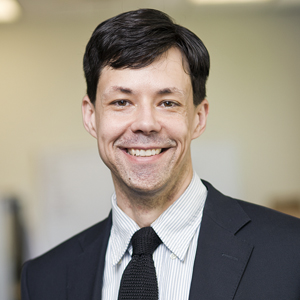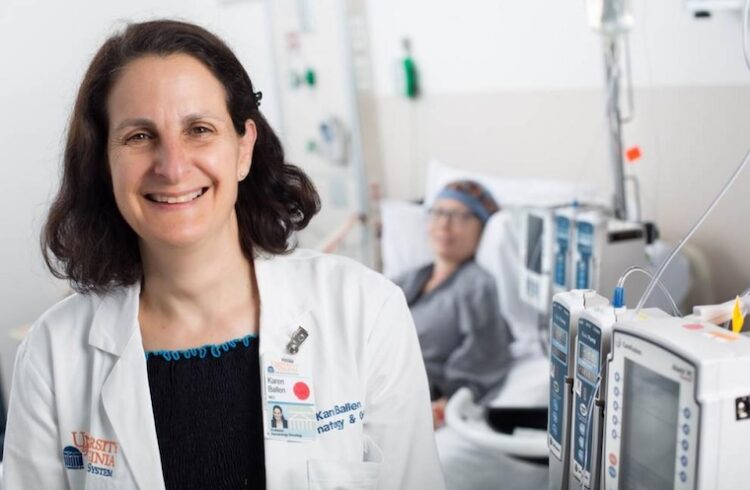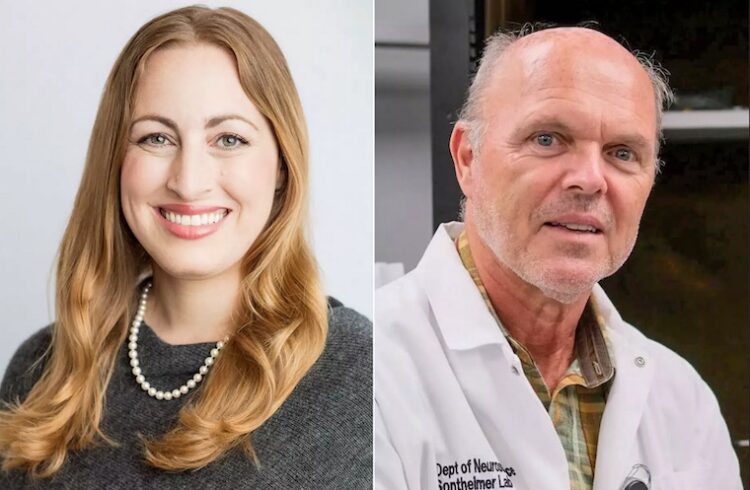
Researchers at the School of Medicine and the School of Engineering & Applied Science have developed an innovative new way to evaluate a type of product that has revolutionized breast reconstruction. The approach will let doctors determine which of these products are best for specific applications, confirm or refute manufacturers’ claims and answer, at last, exactly what happens to the products after they are implanted in the body.
The approach combines two advanced imaging techniques – two-photon microscopy and photoacoustic microscopy – to examine how the body responds to the implantation of what are known as acellular dermal matrices. These products are widely used in plastic surgery in general, but particularly for surgeries involving wounds, the abdominal wall and breast reconstruction.
In breast reconstruction, for example, these products serve as scaffolding for the breast implant and help the reconstructed breast hang more naturally. “The availability of these over the last decade or two has led to a lot of surgeons being able to do a better implant and reconstruction after mastectomy,” explained Patrick S. Cottler, PhD, director of resident research in the Department of Plastic Surgery. “They’ve been happy with their results but it wasn’t really well known what was the ultimate fate of putting this in the body. What happens to it? How does the body interact with it? And so that’s what we wanted to investigate.”
A Better Understanding
Acellular dermal matrices are organic materials, and exactly how the body interacts with them after implantation has remained poorly understood. Prior to the development of UVA’s new approach, doctors had to rely on traditional microscope slides to examine the interaction. This, though, offered only snapshots of single points in time. The UVA researchers wanted something more sophisticated, something that would allow them to see the changes unfold in real time. “We wanted to figure out if we could define a model that would be able to elucidate some of these differences in how cells crawl in, as well as the blood vessels, along with all the other interactions, such as inflammation,” Cottler said.
UVA’s new approach lets them do just that. It is the result of an interdisciplinary collaboration that draws on UVA’s expertise in reconstructive surgery, advanced imaging and biomedical engineering, among other areas. The new tool is set to give surgeons an unprecedented understanding of the products they are already using, and that will ultimately benefit patients.
“There are a lot of different companies that create their own products, and some say, ‘Hey, ours does better at this because we process it in this way or it’s got these components,’ or whatever it is, but it’s not known what exactly the mechanism is for those differences, or what those differences might impart on the integration into the body,” Cottler said. “We’re trying to put the science behind it.”
He added that the new approach also should lead to better products in the future. “From an engineering standpoint,” he said, “I think this type of model can really help guide that design.”
Meet the Team
The project is the work of a cross-disciplinary team that included:
• Song Hu, PhD, assistant professor in Biomedical Engineering, is one of the pioneers in photoacoustic Imaging.
• Shayn Peirce-Cottler, PhD, professor in Biomedical Engineering, is a leading expert in microvascular remodeling and various experimental approaches used to investigate one of the keys to this model development.
• Christopher A. Campbell, MD, associate professor in plastic surgery, is a reconstructive surgeon who uses these products in his practice and was instrumental in guiding the clinical overview of the project.
• Brent R. DeGeorge Jr., MD, is a recently hired plastic surgeon. As a chief resident at UVA, he was very interested in the question of bio-integration. He was able to see the power of various models and imaging modalities that were being used in the Department of Biomedical Engineering to define a collaborative effort that could be applied to this problem. DeGeorge used this vision to secure funding from the Southeastern Society of Plastic and Reconstructive Surgeons for the development of the model.
Findings Published
The researchers have described their tool in an article published in Plastic and Reconstructive Surgery, a journal of the American Society of Plastic Surgeons. The research team consisted of DeGeorge, Bo Ning, Lisa S. Salopek, Angela Pineros-Fernandez, George T. Rodeheaver, Peirce-Cottler, Hu, Cottler and Campbell.



